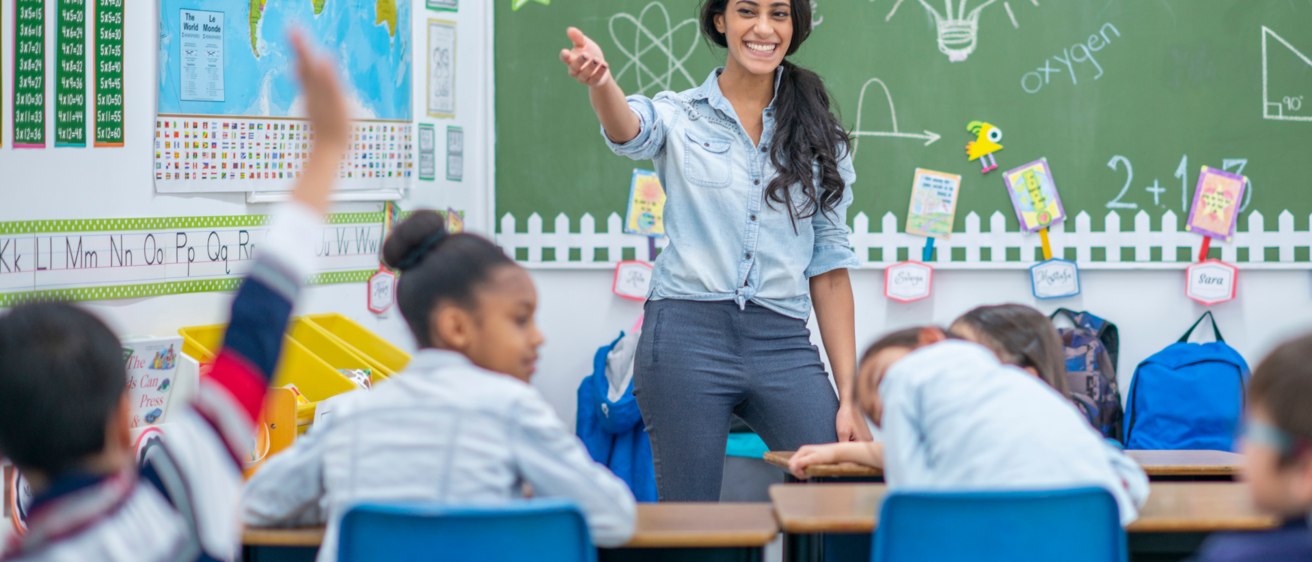August in Iowa has an unmistakable feel. The days are hot, the farmer’s markets are bountiful, sweet corn is on the menu, and back-to-school sections are popping up in the local stores.
This signals that our classrooms will soon be bursting with energy as students and educators return to school. Together, these changes give August an exciting and warmly nostalgic feel, possibly tinged with a bit of panic and incredulity that summer is, in fact, quickly approaching its end.
Personally, growing up in a family of teachers, this time period always elicits fond memories of helping my dad and aunt set up their classroom bulletin boards and bookshelves, and purchasing fresh new school supplies.
Amidst the excitement of getting back to school, seeing friends, and resuming some semblance of a routine, I also experienced the dread of knowing I would soon have to give up the relative freedom of summer, and that the stress of new expectations, deadlines, and some uncomfortable social interactions would soon resume.
For teachers, the back-to-school season is particularly poignant. Teachers will likely feel a range of emotions – all of which are natural and valid.
For many, there may be excitement, joy, and hope.
For others, there may be a sense of loss, nervousness, or dread.
For most, there will likely be a mix of what we may view as “positive” and “negative” emotions.
To that end, I have compiled 5 “back-to-school” wellness tips to assist educators in mindfully shifting their focus back to the academic year.
#1 Maintain wellness practices.
With the approach of a new school year, it may be easy to leave behind wellness activities developed over the summer to devote more time to planning. However, it is more important than ever to carry key wellness practices into the school year.
Wellness can present in many forms, whether it is exercise, reading a book for fun, ensuring adequate time for sleep, scheduling social activities with friends, attending to your diet, practicing mindfulness, or journaling.
What will you do to maintain a focus on wellness?
#2 Establish boundaries.
Being constantly “on” in a helping profession, like teaching or counseling, is a recipe for burnout. It is important to set personal boundaries between work and personal time and to get some time away from work-related tasks and communications, including email.
What are your personal boundaries, and how can you advocate to maintain them.
#3 Identify your support system.
As teachers, we know how critical positive, supportive relationships are for our students.
The same applies to adults. Identify the people in your life that provide you with support, whether it be an accountability buddy who will help you stay on track with your wellness goals, a person who listens and validates your emotions, or someone whose very presence reduces stress and provides you with a sense of belonging.
Just like self-care, it can be easy to sacrifice time we devote to relationships when we feel overwhelmed with work.
Who is in your support system, and how will you stay connected even when things get busy?
#4 Plan what you can, and accept imperfection.
One of the most common responses to anxiety is avoidance, and getting ready for a new school year can certainly lead to some anxiety. Unfortunately, avoidance or procrastination will heighten the anxiety in the long run, whereas exposure (e.g., getting started on the planning) can reduce the anxiety.
At the same time, life is messy and not everything goes according to plan, regardless of how detailed our plan is or how many contingencies we include!
An acceptance mindset, wherein we accept what we cannot control and continue to make choices that align with our values, allows us to let go of tension and instead act with psychological flexibility.
How do you demonstrate flexible thinking in your life, and how can you apply that to your work as an educator?
#5 Utilize resources available to you.
Humans are not meant to exist in isolation – we need a community to thrive! In addition to your personal support network, be aware of (and utilize) other community resources available to you in supporting mental health and wellness. These resources could be life- saving for you and the people around you.
For example, you are encouraged to save 988, the Suicide and Crisis Lifeline, to your phone contact list. Sign-up for Togetherall, an online, peer-to-peer, mental health support platform.
Other resources may include classes at your local recreation center, memberships or activities at gyms and fitness centers, support groups, mental health phone apps, and NAMI. The Scanlan Center for School Mental Health clinic offers individual and group counseling services to Iowa’s PK-12 school staff, or you could use Welltrack Connect to search for local mental health providers.
As I turn my attention toward the coming year and all the changes it will bring, I pledge to practice what I preach. I will take a few moments to sit outside on these beautiful, warm nights, enjoy herbal tea before bed, connect with friends, read with my children, and set boundaries around my email use outside of office hours.
What will you do to commit to your wellness this fall?
Updated July 2023
Cover photo – “©[Getty Images Signature] via Canva.com”
